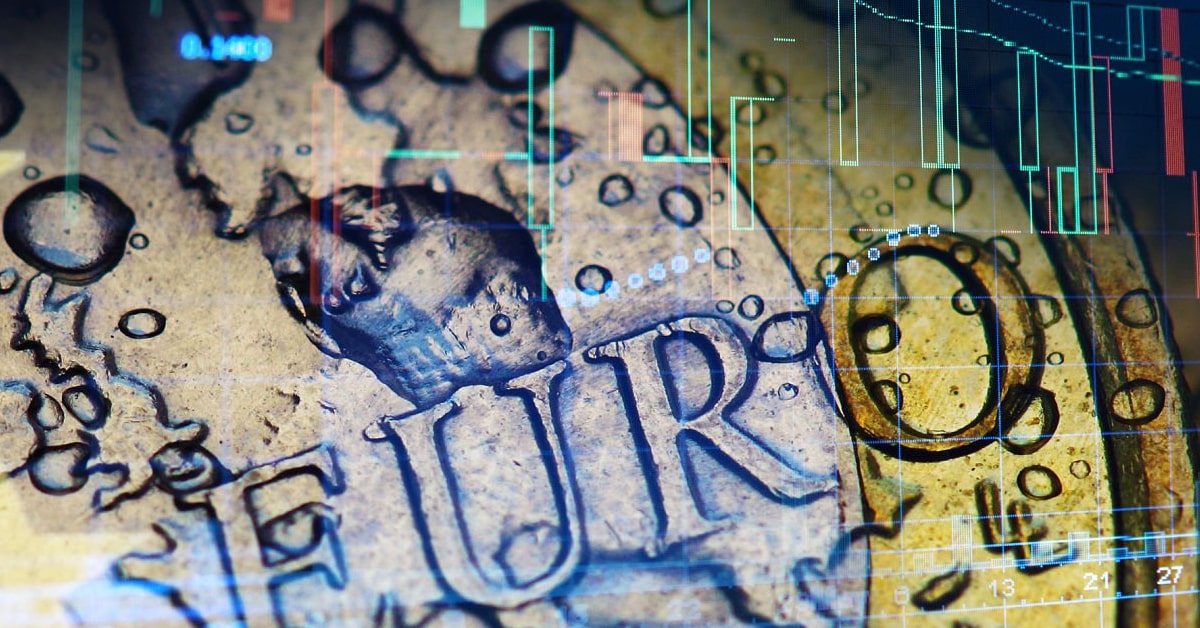- Italiano
- English
- Español
- Français
Impara a fare trading
CFD Trading in European Markets
Understanding European Financial Markets
Whether you're a seasoned trader or a curious beginner, the European financial markets can offer a broad spectrum of investment opportunities. The markets are home to some of the world's most notable companies, with established and emerging sectors ranging from technology to renewable energy, healthcare, and finance. In addition, the region's perceived political stability, economic strength, and extensive regulatory framework make it a potential attractive destination for investors worldwide.
Furthermore, the European financial markets are highly accessible and transparent, with a wealth of data available to investors. This data-driven approach can help you make informed investment decisions.
However, it's important to remember that all investments carry inherent risks. As with any trading activity, there is the potential for losses, and market conditions can change rapidly, impacting your returns. Therefore, thorough research and a well-defined investment strategy are crucial before entering the financial markets.
Why would you trade CFDs in European Markets
One option for trading in European markets is Contract for Differences (CFDs). CFDs are derivative products that allow you to speculate on the rising or falling prices of fast-moving global financial markets, such as shares, indices, commodities, currencies, and treasuries. These financial instruments can offer flexibility, but they also come with inherent risks.
Trading CFDs in European markets can be an attractive option for experienced investors seeking diverse trading opportunities, but it's crucial to understand the inherent risks involved.
CFDs offer leverage, which means that your profit or loss will be magnified, without owning the underlying asset. This means even small price movements can significantly impact your capital. It's essential to remember that CFD trading is highly speculative and carries a high risk of losing money.
Here are some key risks to consider:
- Leverage: While leverage can increase potential profits, it can also exacerbate losses. Be cautious and use leverage responsibly, with a clear understanding of the risks involved.
- Market volatility: European markets, like any market, are subject to fluctuations. Be prepared for sudden price movements that could lead to significant losses.
- Margin requirements: To maintain your CFD positions, you'll need to meet margin requirements. If the market moves against you and your account value falls below the required margin, you may receive a margin call requiring you to deposit additional funds or face automatic position closure, potentially at a loss.
- Spreads and commissions: Brokers charge spreads (the difference between buy and sell prices) and commissions on CFD trades. These costs can eat into your profits, especially for short-term trading.
- Complexity: CFDs can be complex instruments with unique features and risks. Ensure you fully understand how they work before trading.
Before trading CFDs, carefully consider your investment experience, risk tolerance, and financial goals. Never invest more than you can afford to lose.
It's also highly recommended to conduct thorough research and seek professional advice if needed before engaging in CFD trading.

List of share CFDs available in Europe
As an investor looking to trade share CFDs in Europe, you have a wide array of options. Some of the example share CFDs available in Europe include:
- TotalEnergies SE, a leading oil and gas company.
- L'Oreal SA, a global beauty and cosmetics company
- Argenx SE, a biopharmaceutical company
- KBC Group NV, a leading banking and insurance services provider
- EXOR NV, an investment company controlling several international companies
- Heineken NV, one of the world's largest brewers
Each of these companies represents a unique sector.
Case Study: CFD stocks in France
France, as one of Europe's largest economies, boasts a vibrant financial market with a variety of share CFDs available for trading.
Take L'Oreal SA, for example, a company that has demonstrated steady growth over the years, making its stock an option for some CFD traders. By carefully analysing market data and employing well-defined trading strategies, traders can generate profits or losses.
While TotalEnergies SE's stock price movements have presented trading opportunities, it's crucial to remember that CFDs involve significant risks and are not suitable for all investors. While some traders may have achieved notable results, showcasing only positive outcomes can be misleading. It's essential to consider the potential for substantial losses before engaging in CFD trading, regardless of the underlying asset.
Future Trends: European Equities Trading
The future of European equities trading lies in innovation, digitisation, and increased market accessibility. Advances in technology are driving changes in the way trading is conducted. Algorithmic trading, high-frequency trading, and automated trading systems are gaining traction, offering traders more efficient, accurate, and faster trading capabilities.
Moreover, the continued integration of European financial markets is likely to create more opportunities for traders. The creation of a single market for equity derivatives, for instance, would allow for greater liquidity and improved price transparency, benefiting CFD traders.
Furthermore, the increasing popularity of sustainable investing is expected to reshape European equities trading. As investors become more conscious of environmental, social, and governance (ESG) factors, companies with strong ESG credentials have the potential to attract more investment, creating new opportunities for CFD traders.
Tips for CFD Trading in European Markets
When trading CFDs in European markets, it's crucial to stay informed about market trends and economic indicators. Regularly review financial news and reports, and leverage market data to make informed trading decisions.
Ensure you understand the risks associated with CFD trading. CFDs offer potentially high returns or losses, they also carry a high level of risk due to their leveraged nature. Therefore, it's crucial to establish a risk management strategy, which may involve setting stop-loss orders and limiting your leverage.
Conclusion
Whether you're interested in the energy sector, consumer goods, pharmaceuticals, financial services, or consumer staples, the European markets have something to offer. While CFD trading offers the potential for returns, it's important to remember that it also carries significant risks. By understanding market trends, leveraging market data, and employing effective risk management strategies, you can potentially improve your trading outcomes within a calculated approach.
Related articles
Pepperstone non dichiara che il materiale qui fornito sia accurato, attuale o completo e pertanto non dovrebbe essere considerato tale. Le informazioni, sia da terze parti o meno, non devono essere considerate come una raccomandazione, un'offerta di acquisto o vendita, la sollecitazione di un'offerta di acquisto o vendita di qualsiasi titolo, prodotto finanziario o strumento, o per partecipare a una particolare strategia di trading. Non tiene conto della situazione finanziaria o degli obiettivi di investimento dei lettori. Consigliamo a tutti i lettori di questo contenuto di cercare il proprio parere. Senza l'approvazione di Pepperstone, la riproduzione o la ridistribuzione di queste informazioni non è consentita.
